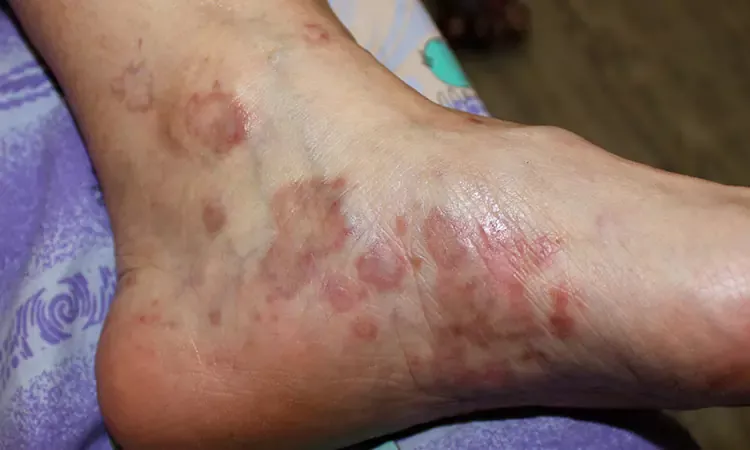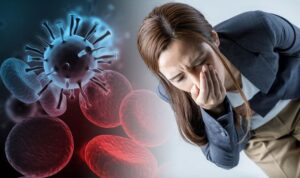
How to stop lichen planus from spreading
Skin disorder is much more than just what is known such as acne and melasma. There are countless skin disorders that may occur to a person and sometimes a lesion on the skin may not just indicate one skin problem or a lesion may seem similar to 2 or 3 skin disorders. Hence, meeting a physician or dermatologist can help a person identify what are the exact skin issues and provide advice or treatment options. In this article, we will be reading more about lichen planus, a skin disorder that may seem unfamiliar.
Lichen planus is a skin condition causing inflammation on the skin and mucosal surfaces such as the mouth. It is considered as a chronic inflammatory disease since lesions often take time to heal and the inflammation process is often ongoing for a long time. It is also considered as an autoimmune disease as the antibody of the body attacks its own skin’s cell.
Exact causes of lichen planus are not known but it is possible due to physical and emotional stress, hepatitis C, certain medication, injury to the skin, contact allergy due to the metal filing used in dental procedure and localised skin disease such as herpes zoster. Lichen planus typically occurs in middle-aged adults, although anyone can get it.
Symptoms of lichen planus depend on the affected site. On the skin, it formed shiny bumps that are firm and usually reddish purple in colour. Sometimes, there is a small white line running on these bumps that is called ‘Wickham’s striae’. Such bumps can occur on any part of the body but most commonly on the wrist, arm, ankles and lower back. When bumps continue to appear in the same site, formation of scaly skin with thick rough patches can be seen. The thick patches are likely to cause itchiness compared to the bumps.
When lichen planus affects the mouth, white patches as if in lacy white dots can be seen on the gums, tongue and inside of the cheek. Redness and soreness could be possible if it becomes severe. Lichen planus on nails caused the nails to appear thin with grooves on, splitting and sometimes loss of nails. Scalp affected by lichen planus often shows signs of irritation and tiny bumps, sometimes bald patches can be seen due to hair thinning and hair loss. Lichen planus in genitals can cause redness, painful, sore or white patches.
Since lichen planus has been associated with sensation of itchiness and pain at times, treatment to counter this discomfort can help a mile. Treatments include antihistamines pills or tablets, corticosteroid medicine both oral and topical such as in cream or ointment, topical retinoic acid and immunotherapy cream such as the tacrolimus ointment. Aside from drugs, treatment such as using the ultraviolet light treatment such as PUVA therapy is recommended to help clear the skin. Skin lichen planus often goes away on its own in two years and treatments provided are solely given to those with severe itching, pain or sore symptoms.
Lichen planus could not be totally cured once a person is diagnosed. Taking measures to stop lichen planus from spreading can help avoid worsening the disease. Below are steps that should be taken:
1- Avoid injuries to the skin
2- Never scratch the skin, instead cover it with a bandage or place cool compress on the affected area
3- Have an oatmeal bath to calm the itch
4- Learn to manage stress properly and limit stress
5- Avoid eating food or drinking beverages that could irritate lichen planus in the mouth such as spicy, citrusy, acidic, salty and caffeine
6- Stop smoking and drinking alcohol
7- Make sure to practise good oral hygiene
8- Avoid wearing tight clothing
Also read – Dengue Prevention.



